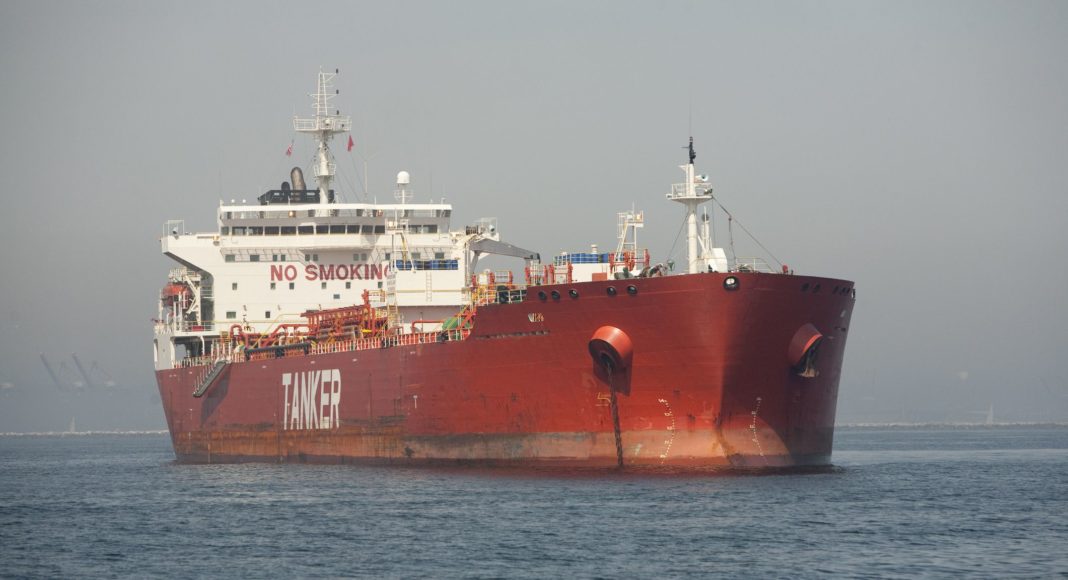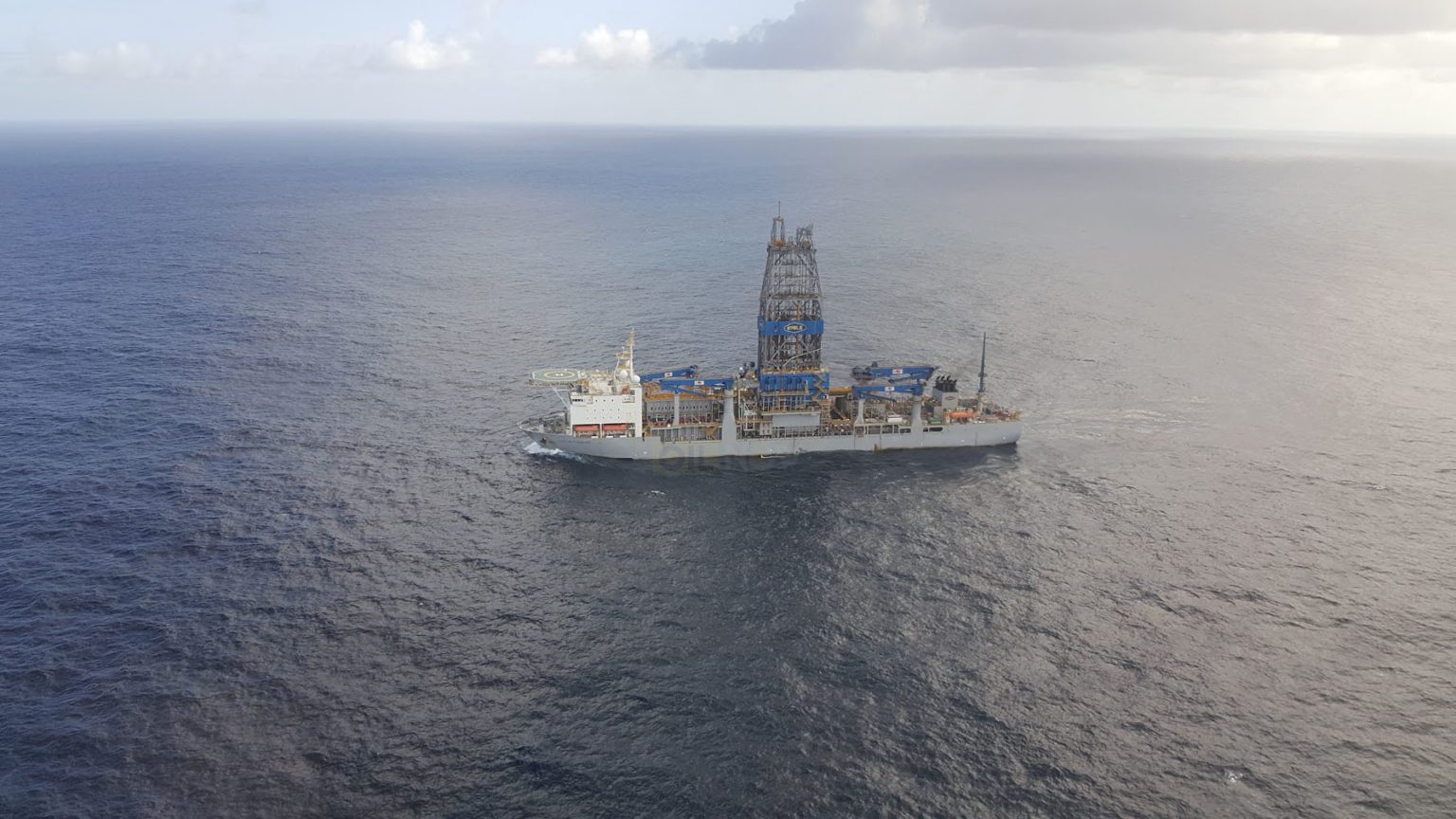Guyana’s oil is an insurance policy for climate change in the Caribbean
By Wazim Mowla – OilNOW
 Wazim Mowla
Wazim Mowla
The revenue from Guyana’s oil and gas reserves are key to tackling its and the rest of the Caribbean’s climate change challenges. Addressing the effects of climate change boils down to securing needed financing at a low cost to build climate-resilient infrastructure and upgrade mitigation efforts, something Guyana and other Caribbean countries have been without for decades. And while Guyana continues to use its resources to protect itself, it should do the same for its Caribbean Community (CARICOM) partners while remaining committed to addressing climate change, thus further positioning itself as a regional leader.
As small island and low-lying coastal states, Guyana and other Caribbean countries are disproportionately affected by climate change. The region is affected by 3 types of climate events – slow-onset events (rising temperatures and sea levels), sudden-onset ones (hurricanes and flash flooding), and the combination of both (soil erosion that makes flash flooding occur more frequently). For Guyana, the 2021 floods that devastated the country are only a small indication of what is to come in the short-term. For the rest of the Caribbean, above active hurricane seasons are annually worrisome, as well as growing agricultural degradation, water scarcity, and ocean acidification– all of which are damaging to the region’s tourism-dependent economies.
But even as the threat of climate change worsens and increases, the financial resources needed to adapt to the changing environment is out of the reach for the Caribbean. Most Caribbean countries, due to their categorization as high- or middle-income, are unable to access concessional financing that can help build climate-resilient infrastructure, upgrade current climate mitigation efforts, or be used to deploy immediate resources to citizens post-natural disasters. The result is that already debt-burdened Caribbean countries are forced to incur additional debt to meet immediate needs or take out loans with structural conditionalities from bilateral partners and international financial institutions.
One solution is for countries to use the revenues from their natural resources to provide organic seed capital to finance climate adaptation and mitigation efforts. However, in the case of Guyana, drawing on its oil reserves has come under fire from pundits and analysts abroad. The argument to keep Guyana’s oil in the ground is ironic, as many have the foresight to see the damaging effects of climate change in the next 10 to 15 years but are blind to the plight developing countries find themselves in today if they cannot access requisite financing that allow them to survive the next decade. And last year’s COP26 did little to instill confidence among the developing world, much less Guyana and the wider Caribbean.
The world still needs oil, and demand is not expected to start tapering off until 2035 before slowing down gradually into the mid-century. How then should Guyana see itself in a world of seeming contradictions – fueled by the very resource some are ardent should remain in the ground? The answer is simple. The only meaningful way to stave off the growing effects of climate change is to arm itself and the rest of the Caribbean with the financial resources to adapt to a changing global atmosphere.
And for Guyana, oil and its potential revenues have arrived just in time to allow the country to begin funding its own way. The just announced 2022 national budget was the largest ever tabled in parliament and significantly increased infrastructure spending in priority areas, like roads, bridges, and flood mitigation. Included in the budget revenue was an estimate US$607 million pulled from the Natural Resource Fund (NRF), Guyana’ sovereign wealth fund setup to handle deposits of payments for their share of profit from oil and gas, taxes, royalties and any discovery and any production bonus. In 2022, the NRF is projected to grow by US $957.6 million, providing additional funding for Guyana and potentially, other Caribbean countries looking to tackle climate change’s effects.
But even as Guyana produces oil and gas, it remains a champion for addressing climate change, something its leaders have done since the early 1990s. Geographically, Guyana boasts lush forest cover – over 80% of its land area that traps and stores more carbon than the country has produced per capita, rendering it a carbon sink. Therefore, Guyana is in a unique position where it can take action against the effects of climate change while still championing climate and environmental issues – something other countries with more economic and political clout have only spoken about doing.
To start, Guyana should consider allocating a target of a minimum percentage of its oil and gas revenue to be devoted to tackling climate change via adaption and mitigation efforts. This includes reinforcing the sea wall and passing legislation that ensures that all homes are built or reinforced with building codes capable of withstanding strong storms and flash flooding. Further, revenue should continue to be used to build more roads to quicken response times after sudden-onset climate events. As years go by and climate change worsens, there should be an automatic increase in the percentage of NRF revenue used to address climate concerns.
Simultaneously, Guyana should allocate resources to the rest of the region. Guyana is fortunate that it does not experience hurricane, which puts it in a position to aid its neighbors. Resources should be used to strengthen the Guyana Defence Force, including providing new equipment and training that result in life-saving missions in other countries pre and post-disasters. Guyana’s proximity to several CARICOM members means that it should shoulder the responsibility of protecting citizens of the Community. Guyana should acquire and store additional air and naval vessels to rapidly assist sister countries after disasters. Further, disaster relief shelters can be built in the event of needed citizen relocation efforts pre- and post-climate events.
The result is that Guyana will have an opportunity to grow as a leading, regional voice on addressing climate change. In regional and international forums, Guyana will be able to do something most cannot – advocate for addressing climate change while having a proven track record of taking action.
About the Author
Wazim Mowla is a Guyanese American and assistant director of the Caribbean Initiative at the Atlantic Council’s Adrienne Arsht Latin America Center. Mowla is also a non-resident scholar at Florida International University’s Jack D. Gordon Institute for Public Policy.

 (Reuters) Oil prices rose on Friday after the International Energy Agency (IEA) said oil markets were tight but were still heading for weekly losses on inflation worries and U.S.-Iran which could boost global supplies.
(Reuters) Oil prices rose on Friday after the International Energy Agency (IEA) said oil markets were tight but were still heading for weekly losses on inflation worries and U.S.-Iran which could boost global supplies. The Noble Bob Douglas drill ship offshore Guyana.
The Noble Bob Douglas drill ship offshore Guyana.